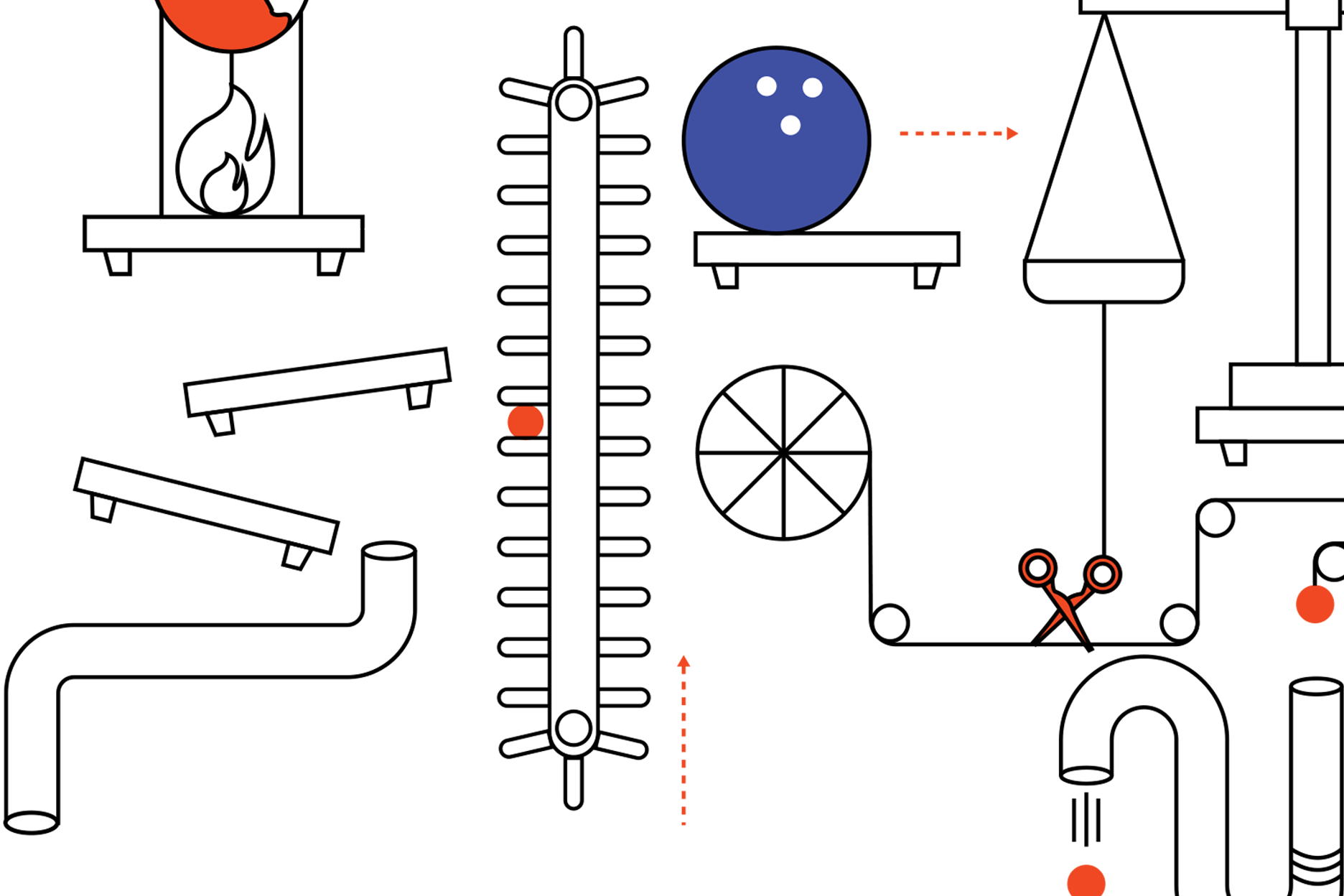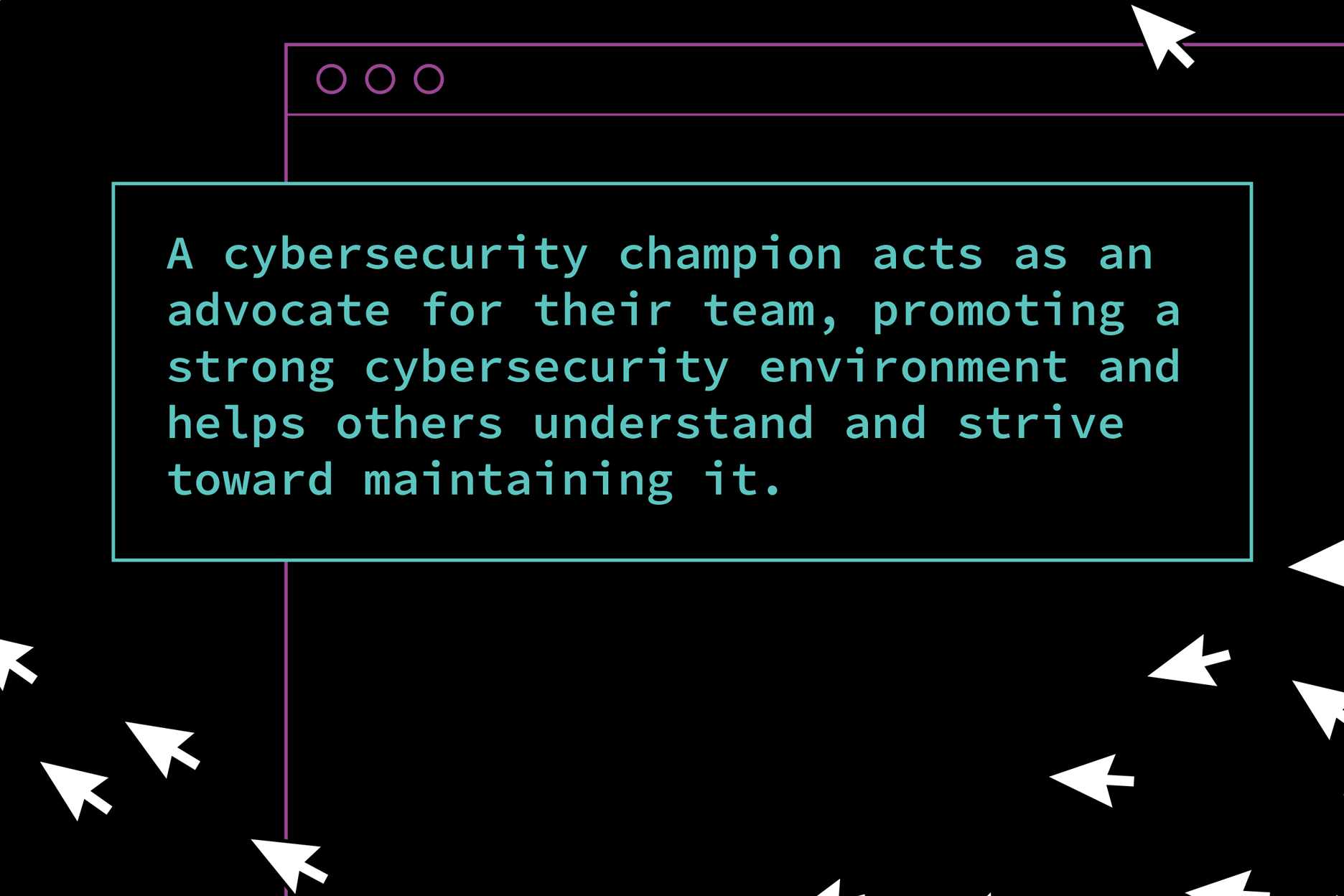LEVERAGING DATA TO DRIVE VALUE AND IMPACT IN THE WORKPLACE
December 2023/January 2024


There is no question that data can be used to transform procedures and processes in any organization. There is also no shortage of data available, and if we are being honest, we can likely use data to tell any story we want. So, the pressing question for organizational leaders centers around how to leverage data strategically and productively toward meaningful results. The level and/or quality of transformation achieved can depend on several organizational factors, such as culture, business strategy, employee skill, and organizational capacity. At the heart of any business transformation effort is value and impact, and a leader’s ability to unlock value and impact depends on data quality. Thus, in this article, we will uncover a simple framework to drive value and impact through the use of quality data.
To illustrate this, let’s start by looking at employee and customer values. We have learned from the pandemic that what employees value in today’s workplace looks much different. In this context, values are a core set of beliefs that guide individuals in their personal lives but also align with what they desire from their employers. The alignment between life values and organizational values is essential. ADP Research Institute’s “People at Work 2023” is an annual global study of workers in seventeen countries. Results from the 2023 study suggest that employees need work to satisfy them both personally and professionally. There have been countless studies and surveys conducted since the pandemic on worker sentiment that culminates what employees value from their workplace. An employer’s ability to balance employee values, organizational goals, and objectives and maintain a healthy balance sheet is vital to business success. The same is true from a customer/client value perspective. Understanding what customers or clients value at any transactional point of the customer/client success journey helps inform business processes and improvements. Like employees, client or customer sentiment has also shifted since the pandemic. Client or customer experience with a business’s product, process, or service provides meaningful data to organizational leaders. The application of this employee and customer data can unlock value and impact in the workplace; however, the technological framework must include an infrastructure that is repeatable, accurate, and valid.
A solid technological infrastructure provides organizational leaders with sound data that can be used to plan for anticipated results strategically. There are volumes of research and case studies that illustrate what happens when data is not helpful or analyzed in a way that informs successful business decisions. To avoid data mining mistakes and maximize overall impact, leaders should assess actual needs. Once the needs assessment has been conducted, leaders can then plan for what will be needed to take the organization from its current state to the future desired state – i.e., the Roadmap to Success.

To get started, the needs assessment process could include a variety of methods such as interviews, surveys, use case studies, focus groups, and many other techniques and tools. The qualitative or quantitative data that results from the assessment helps leaders determine true needs. From there, change implementation begins, and the journey to success is realized.
An essential missing element in many organizational change initiatives is dedicated time to plan for what the future state should look like and create alarms (indicators) for when it seems the journey to success might be derailed. The reality of most fast-paced workplace environments is that day-to-day business challenges take priority and often overshadow the intricate details and indicators needed to design a successful needs assessment process. The omission of time to strategically plan future state and include alarms frequently forces leaders to make the next best quick decision (or is it?).
Quick decisions are usually guided by financial considerations. Inflation and rising interest rates directly impact organizational needs and decision-making. Stakeholders (and investors) want to ensure that resources invested in the organization will be used to advance business goals and objectives. Measuring impact and conducting impact analyses have, in recent years, been used to provide stakeholders with data and evidence to gauge organizational performance. Impact measurement compliments the needs assessment process and helps leaders plan and create evaluation frameworks from the beginning of any project or change initiative. Let’s see what this could look like.
GOAL(S)
In the following hypothetical scenario, executives at a local hospital received an alarming report from the National Institute of Health (NIH) that showed a pattern with patients treated at the hospital. Patients exhibited deficient levels of Vitamins A, B, and D. After reviewing the report, hospital executives created a program for patients and the community to improve the overall health of patients. The program would provide information and education to patients and community on nutrition and healthy eating. The goal is to increase awareness and change behavior for nutrition and healthy eating- for patients and community members.
PERFORMANCE
Hospital executives engaged in a project planning process that included impact measurement and impact analysis. The first step in measuring the impact of the nutrition and healthy eating initiative was to define what the future state should look like. Secondly, the executives created ways to track and evaluate goal performance. To create tracking mechanisms, the executives created a timeline and data gathering/collection methods to document goal-related actions.
Evaluation
In the final step, executives focused on impact analysis to ensure the framework created would provide them with valid and accurate information. Since the overarching goal of this initiative was to increase awareness and affect behavior change, the executives engaged in a discussion to answer the question: How will we know that activities implemented in this program will have a direct correlation (impact) on the change we expect to occur?
To answer this question, I suggest the simple acronym and framework used above: GPE (Goals, performance indicators, and evaluation). The hospital example illustrates how the GPE framework can help leaders move away from making in-the-moment, unilateral decisions to efficiently leveraging data to make impactful business decisions. The key to the GPE framework is designing Performance Indicators and Evaluation action items right from the start of the project or change initiative (not while already in motion).
Training the mind to consider what each action should produce and having the ability to track this data seems nuanced at first, but with intentionality and practice, this technique could provide organizations with more efficient results. Since goals, performance indicators, and evaluation factors are created upfront, data generated will not only support the current project or initiative, but the evaluation of the data will help organizational leaders assess the alignment of values and impact for the organization, employees, and end-users (patients, clients, customers, etc.). While this is nothing new, this simple realignment and use of targeted data can make an incredible impact on an organization’s success.
Remember – #Value + Impact = Success
-
SHARE
- Copy to clipboard



